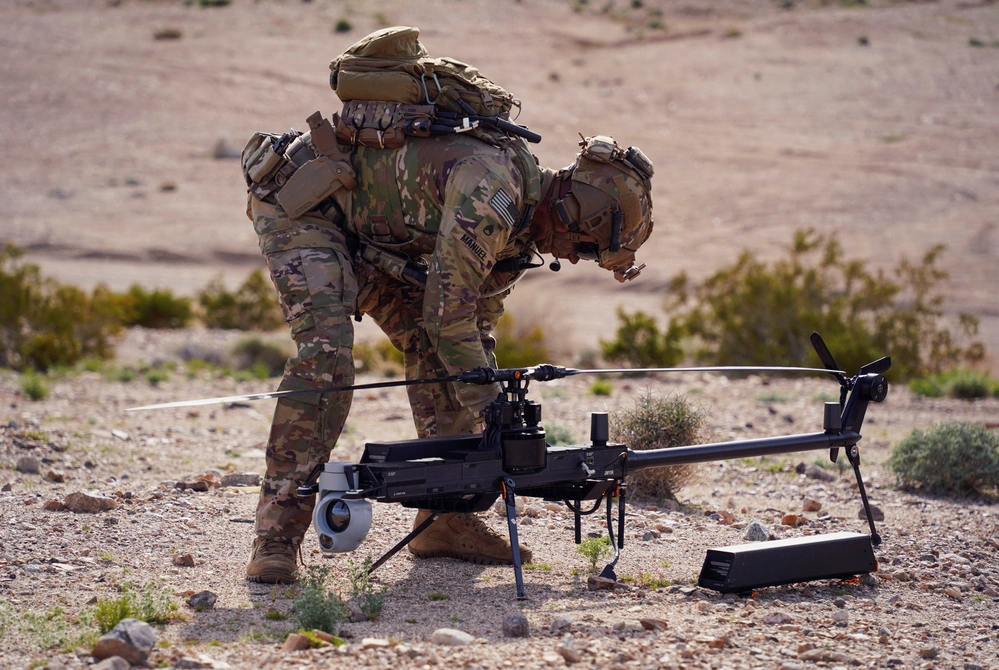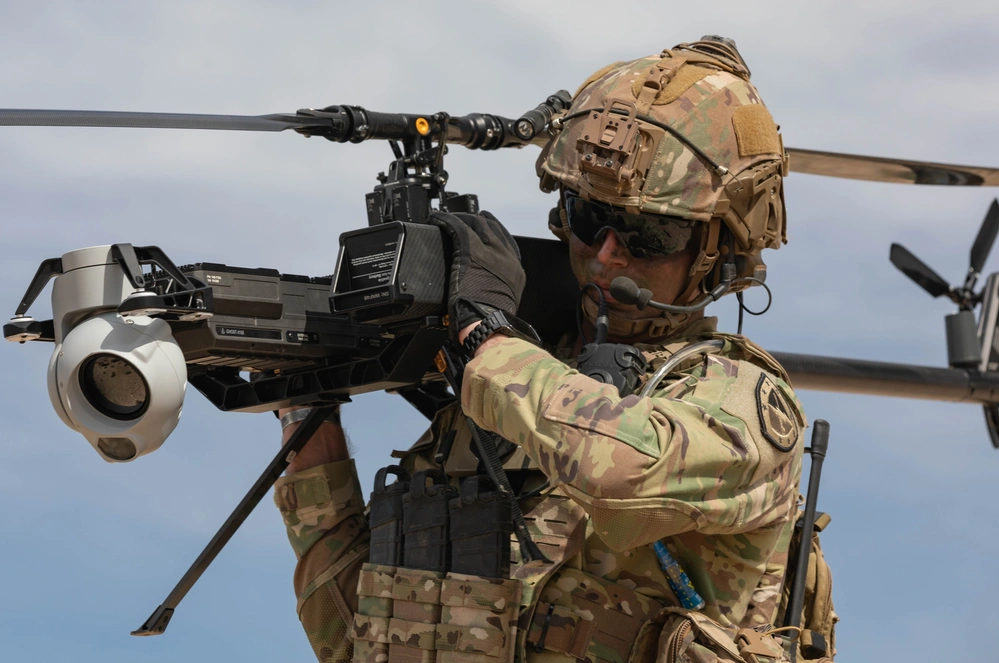U.S. Army Plan to Equip Every Division With Drones by 2026
Business • May 1, 2025
The U.S. Army is undertaking its largest transforamtion since the Cold War-aiming to outfit every division with drones by 2026. This shift takes inspitation from the Ukraine war where drone warfare was extenivesly used on both sides.

According to an official memo released by Defense Secretary Pete Hegseth, every division in the U.S. Army will be equipped with drones by 2026.
This shift takes inspiration from the war in Ukraine, which saw the largest use of drone warfare in history—particularly small and inexpensive drones. The U.S. Army is taking this approach to replace heavier and more expensive weapon systems with a cheaper and more effective alternative.
One of the first sectors that will focus on drone use is reconnaissance. Rather than relying on satellite or air support—which are expensive and not always effective—the Army will deploy recon drones. One example is the Anduril Ghost-X helicopter.
Meet the Ghost-X

The Ghost-X is a new recon drone developed by Anduril, a U.S. defense technology company that manufactures AI-powered autonomous systems for the military.
What sets the Ghost-X apart is its advanced noise reduction technology, earning it the "Ghost" name. It’s specifically designed for stealth operations—ideal for recon and target acquisition where remaining undetected is critical.
Why Drones, and Why Now?
The Ukraine conflict was heavily defined by rapid drone development programs, with both sides racing to produce as many as possible. This was no coincidence—drones can easily target enemies without putting soldiers at risk. Wireless drones typically have a range of 1 to 5 miles, while fiber optic drones can reach 12 to 16 miles. This puts a significant distance between the soldier and the enemy and allows for repositioning before their location is discovered.
Next is cost. Drones have already been mass-produced for commercial use. Companies such as DJI have established factories to create drone parts, which are sold to military manufacturers. With small modifications, soldiers can attach grenades or rockets, creating an effective weapon for just a few thousand dollars.
This is further enhanced by not needing advanced cameras or tracking systems. Missiles such as the Javelin are so expensive because of the camera that controls the rocket. However, with drones, the camera can be relatively simple since a human handles the control.
As such, drones promise a low-risk, low-cost, and highly effective weapon for soldiers. It's no wonder they have been so popular in the Ukraine war.
What’s Next for the Army?
Along with increased drone use, the U.S. Army is also beginning a shift toward more modern technologies, including AI, 3D printing, and electronic warfare.
These systems have massive potential—such as printing tools in remote areas, using jammers to disrupt enemy drones, and employing AI to spot targets during recon missions.
Additionally, one might assume the Army is requesting additional funds for this, but that’s not the case. The Army says this transformation won’t require extra funding—instead, it’s reallocating its current budget. This includes canceling other research and development projects in areas such as crewed aircraft, outdated drones, and ground vehicles like Humvees.
These otherwise “wasteful” projects will make way for the U.S. Army to modernize itself to meet the combat needs of the 21st century.